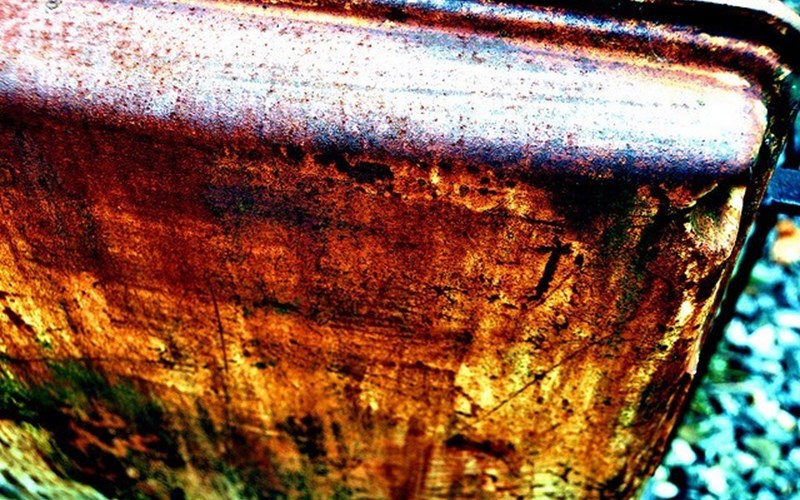You already know that external environmental conditions and improper mounting are big contributors to bearing troubles, but did you know that improper lubrication and contamination are also responsible for many early bearing failures?
We hope that the information from Common Causes of Bearing Failure Vol. 1 helped you prevent and/or understand why you are experiencing early bearing failures. Now we have some more factors to add to your list that may also be causing you trouble…
Photo Credit: “Corrosion” by AnneCN is licensed under CC BY 2.0
COMMON FACTORS THAT LEAD TO BEARING FAILURE: PART 2
CORROSION
Causes: Moisture, acid action, poor or broken down greases, poor wrappings, and condensation resulting from excessive temperature reversals. Corrosion is abrasive to the finely finished surfaces of ball and roller bearings.
What to look for: Red/brown stains or deposits on rolling elements, raceways or cages. Increased vibration followed by wear, increase in radial clearance or loss of preload.
How to fix it: Divert corrosive fluids away from bearing areas. Use integrally sealed bearings, and consider external seals for particularly hostile environments. Also, use of the proper bearing material (stainless steel) can help if you cannot avoid a caustic environment.
LUBRICATION FAILURE
Causes: Insufficient lubrication, use of improper lubricants, complete lack of lubrication, or excessive temperatures that degrade the lubricant.
What to look for: Discolored rolling elements (blue/brown) and rolling element tracks. Overheating or excessive wear in the bearing.
How to fix it: Use the appropriate type and correct amount of lubricant, avoid grease loss, and follow appropriate relubrication intervals.
ELECTRICAL DAMAGE (FLUTING)
Causes: Constant passage of alternating or direct current; even low currents.
What to look for: Brownish marks parallel to the axis on a large part of the raceway, or covering the entire raceway circumference.
How to fix it: Prevent currents from flowing through the bearing by means of grounding or insulating, or use electrically insulated bearings.
FATIGUE
Causes: Overloading, excessive preload, tight inner ring fits, bearing remaining in operation beyond its calculated fatigue life.
What to look for: Often referred to as spalling, and indicated by the fracture of the running surfaces and subsequent removal of small discrete particles of material from the inner ring, outer ring or rolling elements. Spalling is progressive and once started will spread with continued operation. It is always accompanied by a noticeable increase in vibration and increased noise.
How to fix it: Replace the bearing and/or consider redesigning to use a bearing with greater calculated fatigue life, internal clearances and obtain proper shaft and housing recommendations.
Now you know why lubrication failure, fluting, fatigue and corrosion can be bad news for your bearings. We hope you use these fixes to prevent any early failures or unplanned outages at your company. If you are still wondering what else can affect the life of your bearings, our third post will outline the final group of most common factors to consider.
